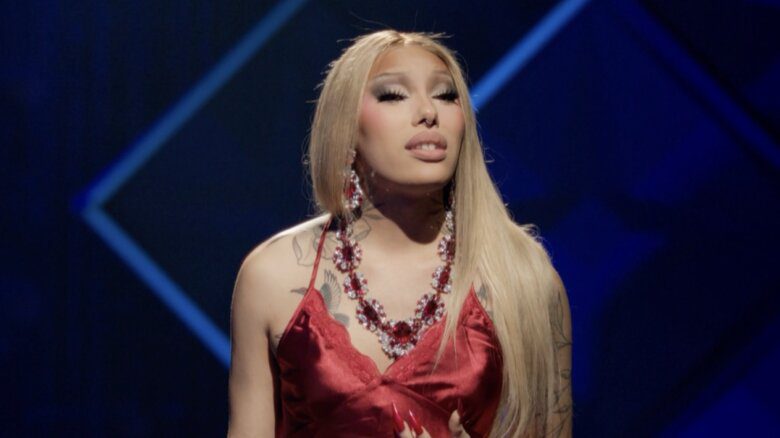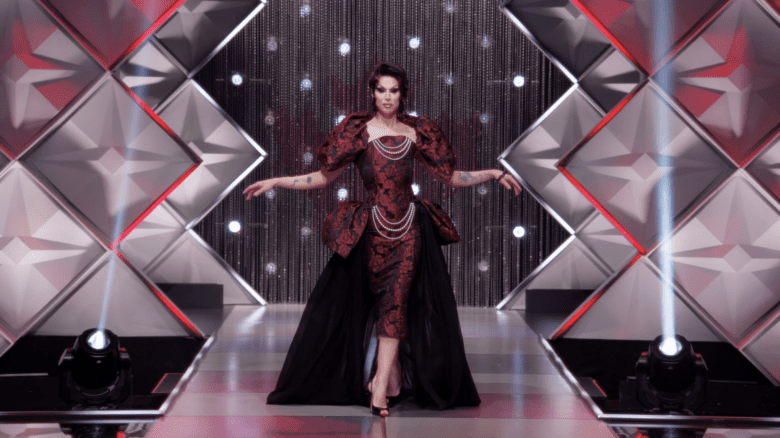Unplanned. Unscheduled. Unexpected. The coming together of Warren Brown’s first exhibition is consistent with his spontaneous photographic style. Paris à pas perdus (Lost in Paris) is a series of photographs displayed at Alliance Française language school that illustrates the artist’s first trip to the city in 2009.
Brown’s Parisian priority was to improve his French, but the avid photographer came home with more than his rolling Rs.
“I like to document with my photographs,” he says. “I take in a situation and capture a moment in time that I think tells a meaningful story. Like someone sipping coffee at a café or flowers placed on a grave.”
As Brown proudly circulated his shots among classmates, staff members and instructors at Alliance Française took notice. His work extends well beyond the simple snaps of a wide-eyed Paris first-timer. The show’s popularity since opening in June has prompted a two-week extension of the run into October and a recent decision to tour the series up to the school’s North York campus.
“I want to use photography to help communities, organizations and people tell their stories, because I believe that by telling stories you can learn and gain insight into other people’s lives,” Brown says. “You can also raise awareness and effect change by showing images of others’ ways of being.”
It’s an awareness Brown wishes he had while closeted in his 20s in Kingston, Jamaica. “When I came out, I didn’t see stories of a gay Jamaican man living in Canada,” he says.
Brown immigrated to Toronto in 2001. He used photography to document his new life, sending photos back to family in Jamaica. “I realized then that it was a passion for me,” he says. “I got great feedback and it sparked more enthusiasm.”
For Brown, the pictorial of Paris tells the story of an urban culture distinct from his own.
“People were very adept at expressing themselves in style and dress, not just the language I was struggling to understand,” he says while surveying his photos on the walls of Alliance Française’s sun-filled first-floor gallery. “I could interview the city with my camera.”
Among Brown’s favourites is a series from the city’s Pride parade. He was struck by the community involvement, as the parade route was open to all participants, without the restrictive barricades used at Toronto’s parade.
“Families and onlookers could join in,” he says. “I felt that was the real power of Pride, as people showed off their cause and people on the sidelines joined in and supported it.”
As Brown darted in and out of the parade, he eventually found himself among dozens of others beneath a massive rainbow flag bringing up the rear of the procession. The image that resulted shows marchers carrying the flag as it flutters above.
Another standout for Brown depicts a message, “Trouve moi,” written on a column at Sacré-Coeur Basilica, with the church in the foreground and the expansive city in the background. “I was enamoured by this endearing sentiment etched there, and it had additional meaning for me, as I kept getting lost in the city,” he says.
The excitement around his show has tweaked Brown’s exhibitionist side. “Having tasted an exhibition, I’d love to experience it again and give the pictures even more purpose,” he says. “I want to start using my photography for more intercultural means, raising awareness for issues and minorities.”

 Why you can trust Xtra
Why you can trust Xtra


